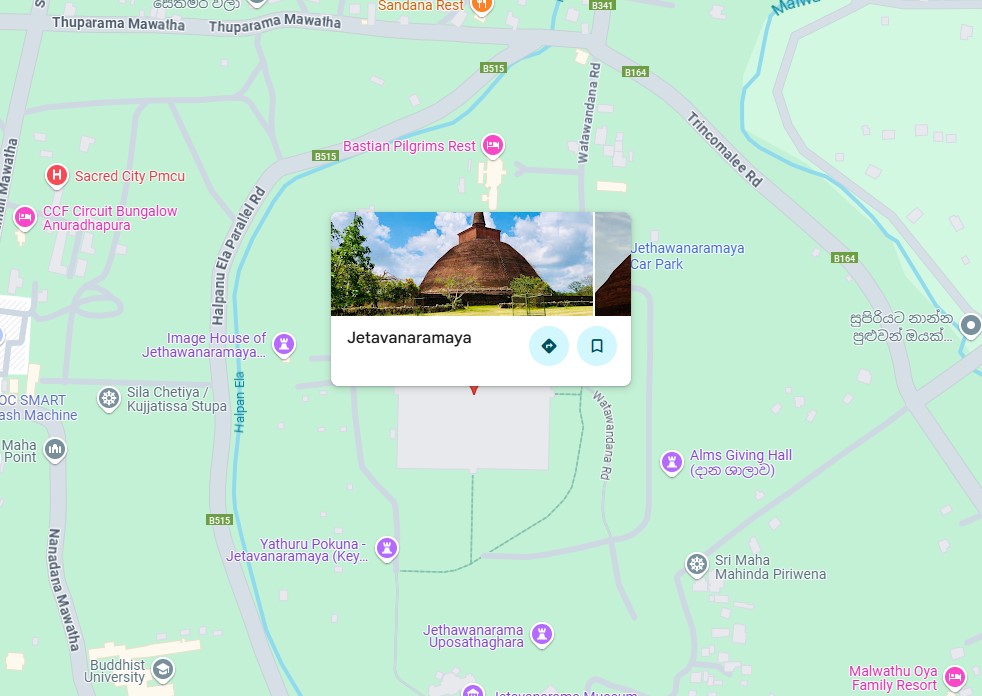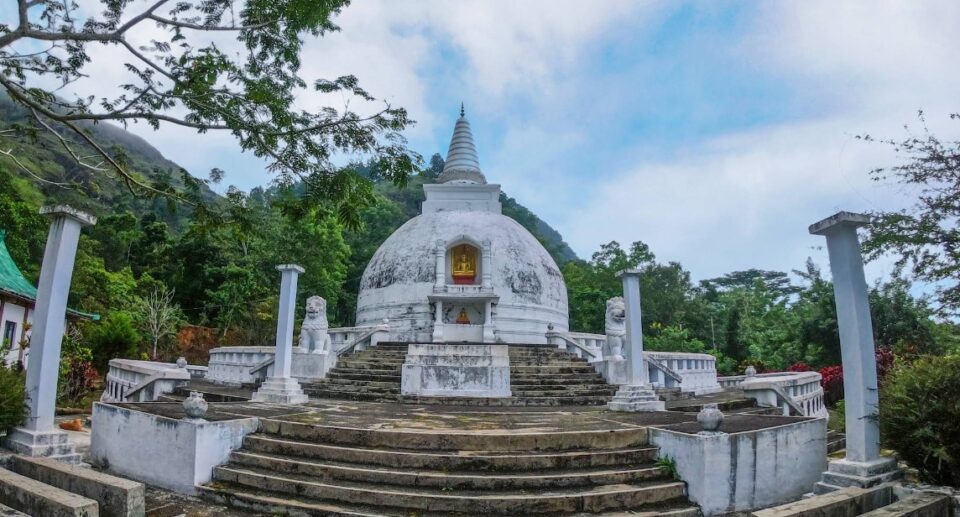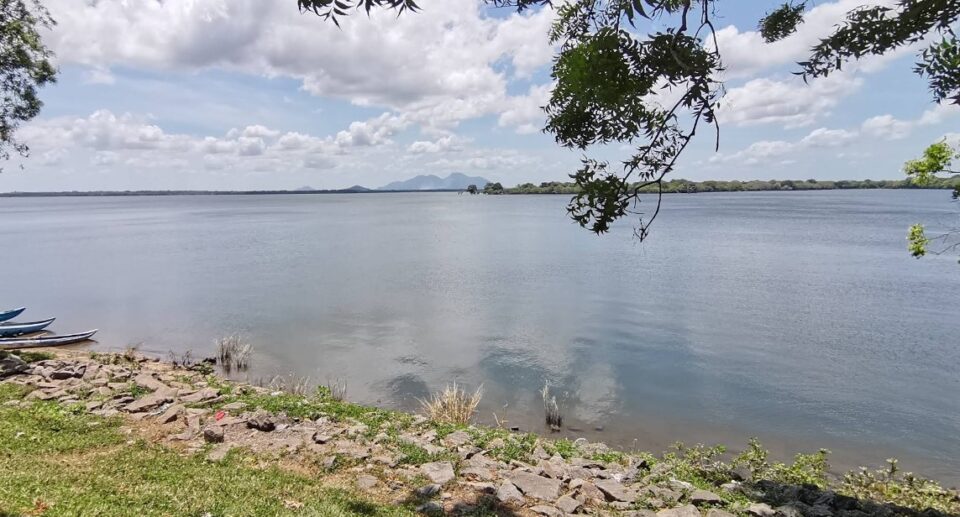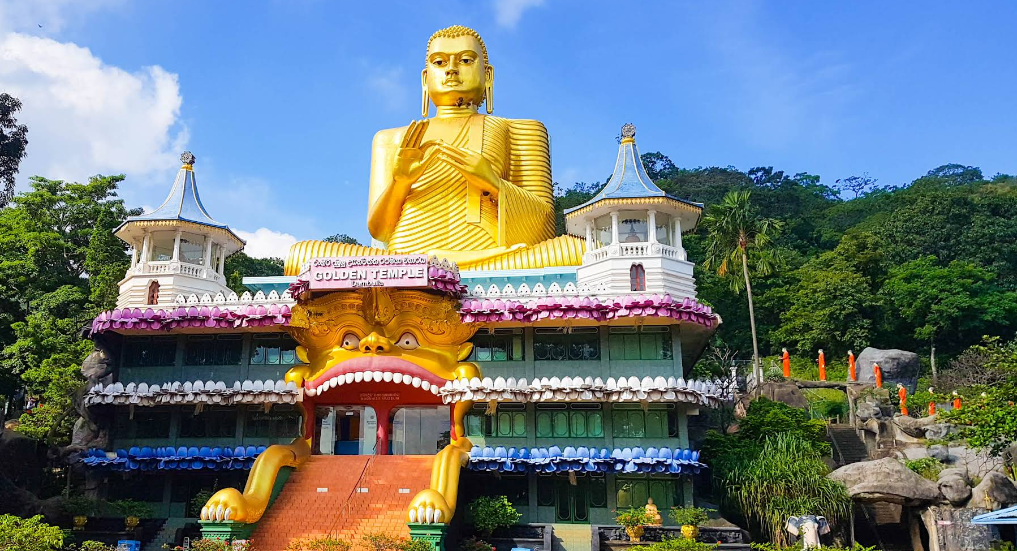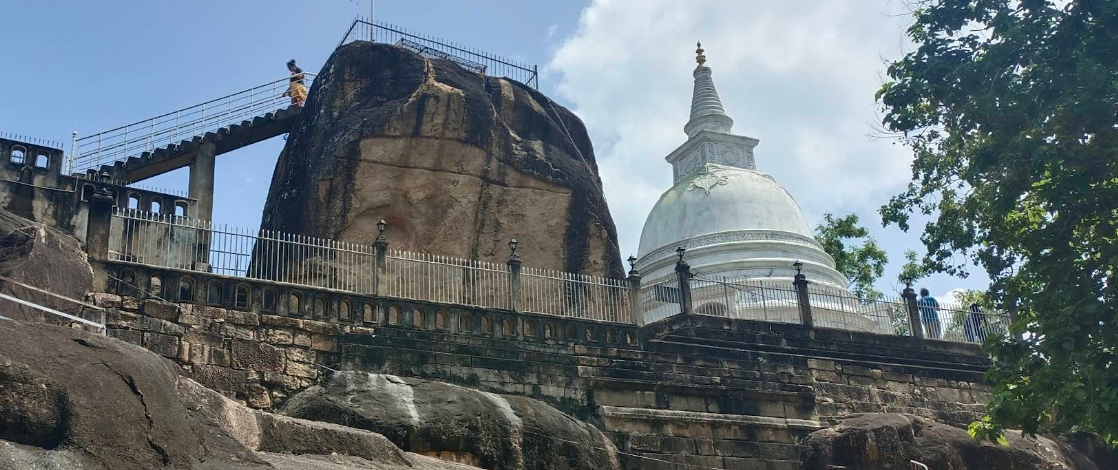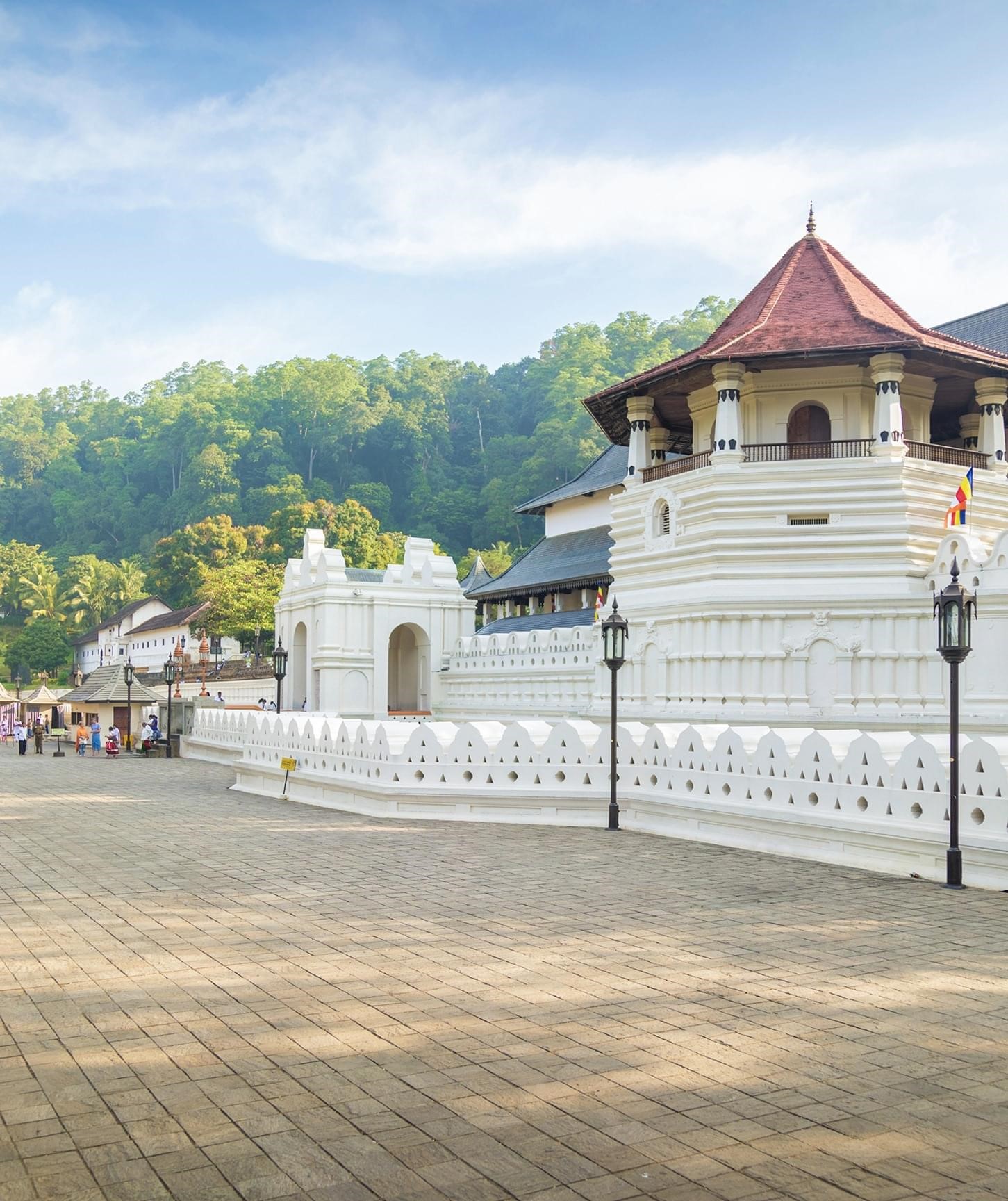Jethawanaramaya : A Symbol of Sri Lankan Heritage and Buddhist Architecture

A Symbol of Sri Lankan Heritage and Buddhist Architecture
The Jethawanaramaya at Anuradhapura in Sri Lanka is one of the most significant and impressive among the Buddhist stupas of the country. The Jethawanaramaya in its historical, architectural, and religious significance provides a glimpse of the erstwhile powerful Buddhist civilization that ruled over the island country of Sri Lanka. It is an emblem of Sri Lankan heritage, a salute to the artistic and architectural skill of ancient builders, and a symbol of the Buddhist faith that has governed island life for centuries.
Historical Background
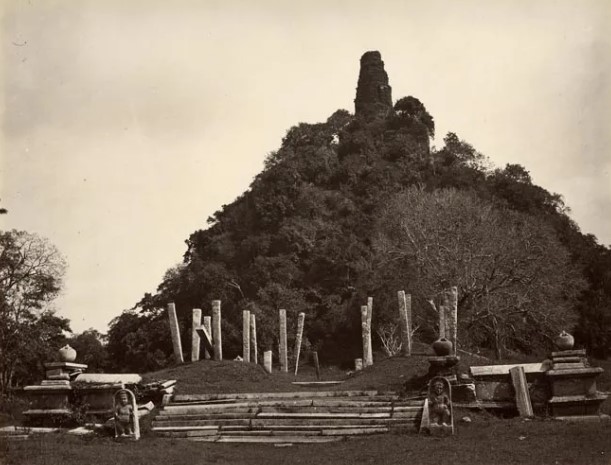
The history of the Jethawanaramaya goes back to the reign of King Mahasena of Anuradhapura (278–304 CE). This huge stupa, which was first constructed during his reign, is a marvel of architecture of the time. King Mahasena was famous for his ambitious projects and love for Buddhism, and the construction of the Jethawanaramaya was one of his greatest achievements.
The name “Jethawanaramaya” comes from “Jetavana,” meaning “Jeta’s garden,” thought to be a reference to a donation of land by the wealthy merchant Jeta, a benefactor of the Buddha, to the Buddhist monastic community. The name also reflects the connection of the stupa to both sacred earth and patronage of the people who built it. The Jethawanaramaya was originally constructed to house the holy remains of the Buddha, like was customary in stupas of such magnitude.
The stupa was commissioned by King Mahasena, who wished to construct a religious landmark that would bear witness to the greatness of Buddhism and be an inspiration to future generations. Over the centuries that followed its establishment, the stupa suffered some degree of damage, particularly in the subsequent centuries of invasion and political turmoil. Its role, however, as a Buddhist site of worship and culture remained unchanged, and efforts were made to repair and safeguard the stupa.
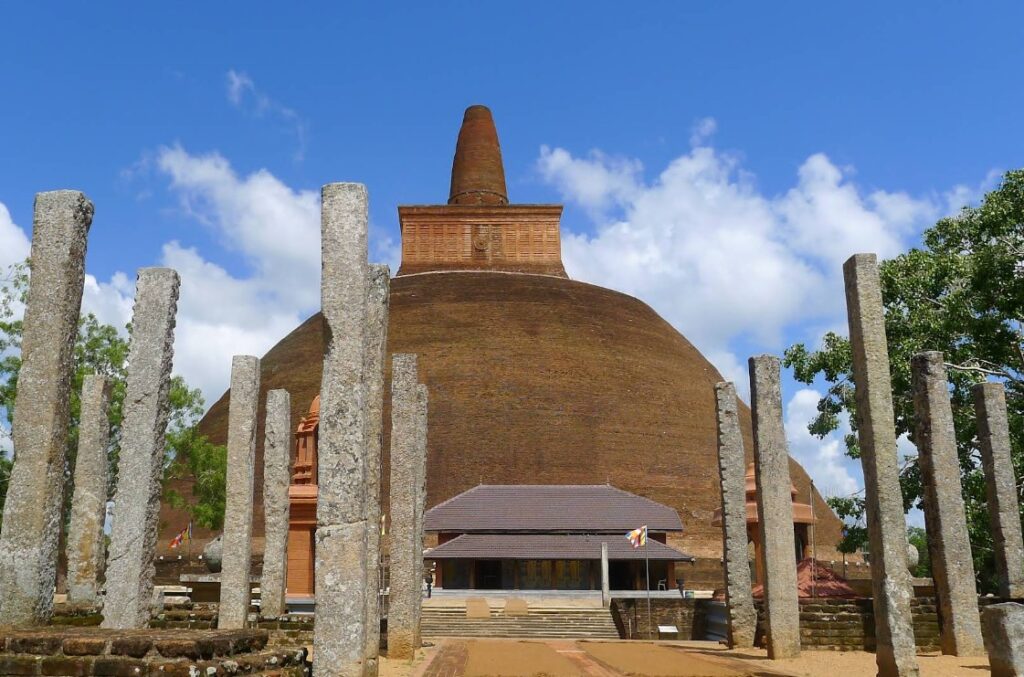
Architectural Design and Features
The architecture of the Jethawanaramaya is a testament to ancient Sri Lankan engineering at its best. Its highest point was approximately 122 meters (400 feet), which made it one of the world’s tallest buildings at the time. Its grandeur and strong structure served to create a climate of awe for individuals who came to visit the location.
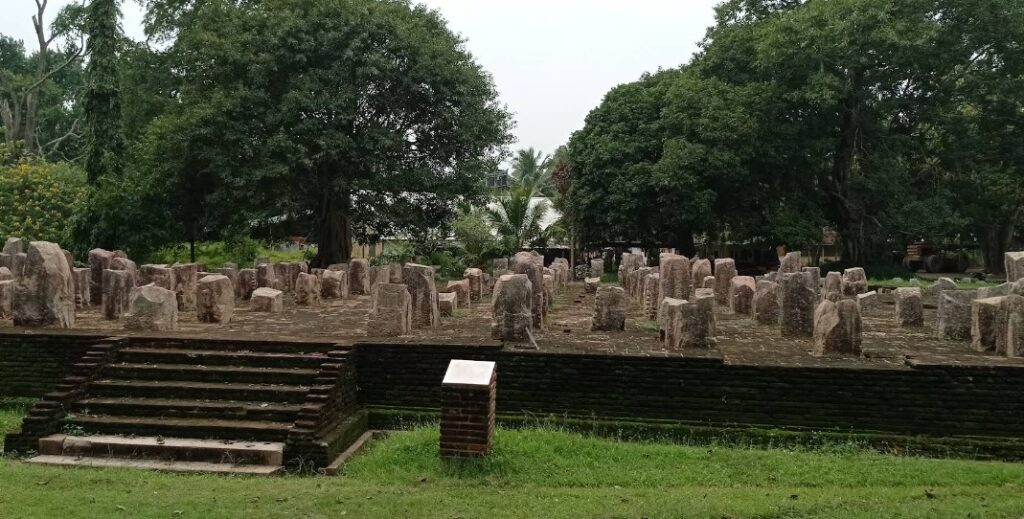
The stupa itself is a perfect illustration of Sri Lankan Buddhist architecture in that its large hemispherical dome represents the doctrine of the Buddha. The dome is supported by a circular base, representing the unity of the teaching of the Buddha and the unity of the Buddhist community. The stupa is surrounded by a cluster of other sacred structures, such as shrines, monasteries, and pillars, all complementing one another to produce its sacred atmosphere.
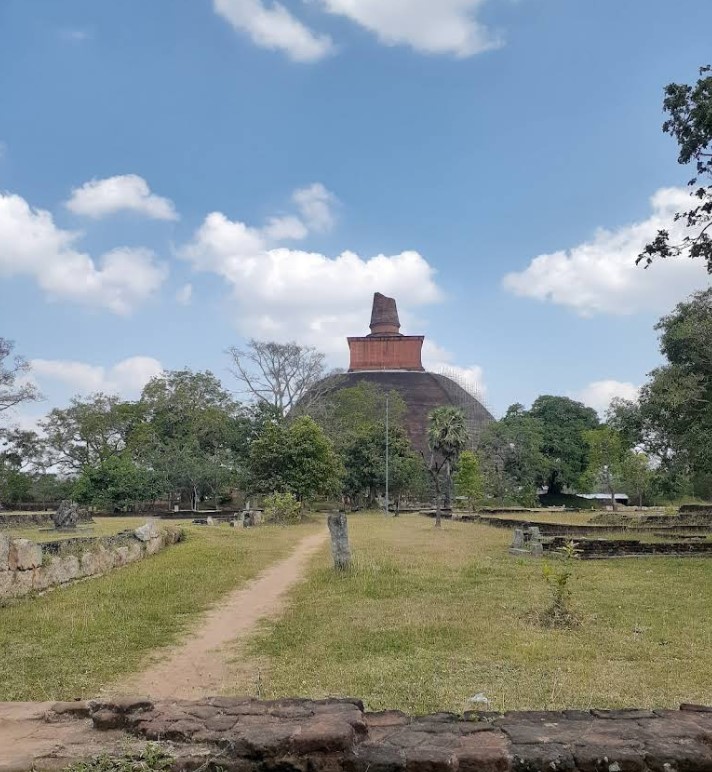
Perhaps the most impressive feature of the Jethawanaramaya is the brickwork. The stupa was constructed from over 93 million bricks, a testimonial to the sheer craftsmanship of the engineers who built it. The quality of the brickwork can be best appreciated in the exquisitely detailed carvings and construction of the colossal dome. These bricks were of clay, and the stupa was built in such a manner that it could survive centuries, with its sturdy structure still existing over a thousand years later.
The Jethawanaramaya is also famous for its beautiful surroundings. The estate of the stupa is surrounded by colorful gardens, peaceful lakes, and tall trees, creating an ambiance that allows for meditation, self-contemplation, and a sense of inner tranquility. The fact that the stupa sits on a hilltop provides tourists with a clear sight of the landscape around them, making the spiritual site visit experience even more sublime.
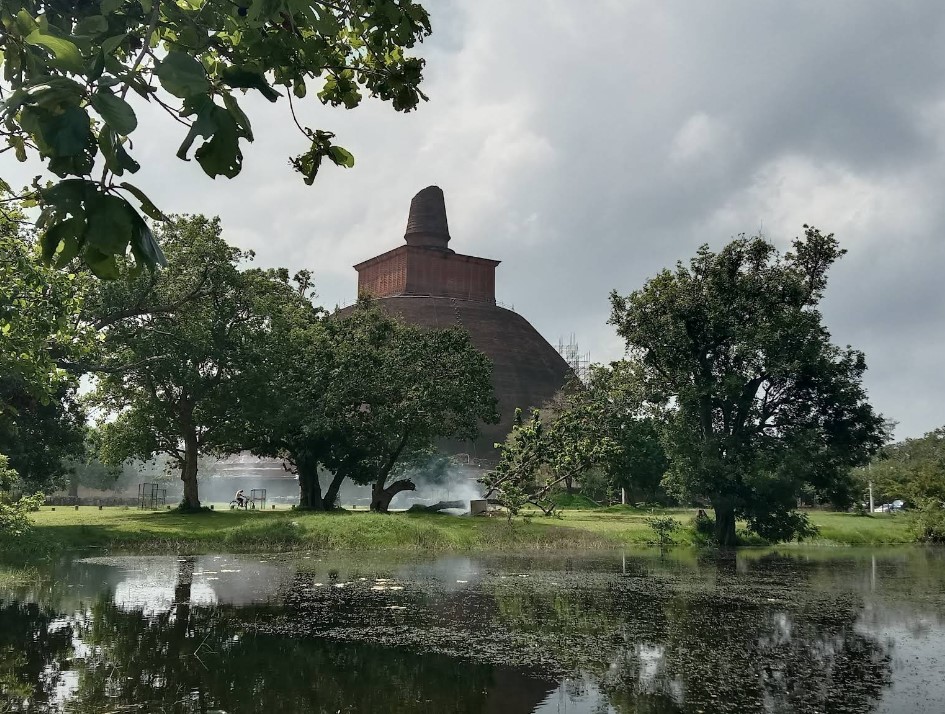
Religious and Cultural Significance
The Jethawanaramaya is a site of utmost religious and cultural significance for Sri Lankan and other Buddhists. A site of shrine since more than 1,500 years ago, the Jethawanaramaya is the site that attracts pilgrims from across the island who visit to offer their respects. By legend, the stupa holds significant remains of the Buddha, yet another means by which its significance is reinforced as a symbol of the Buddha’s teachings and his sanctity existing on earth.
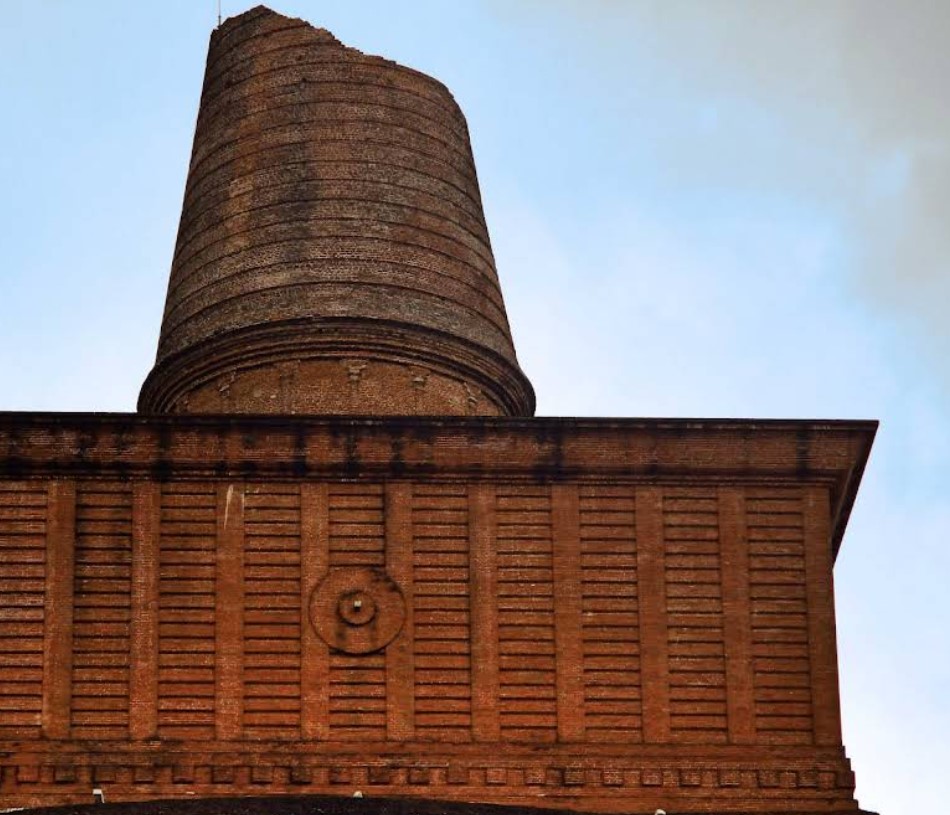
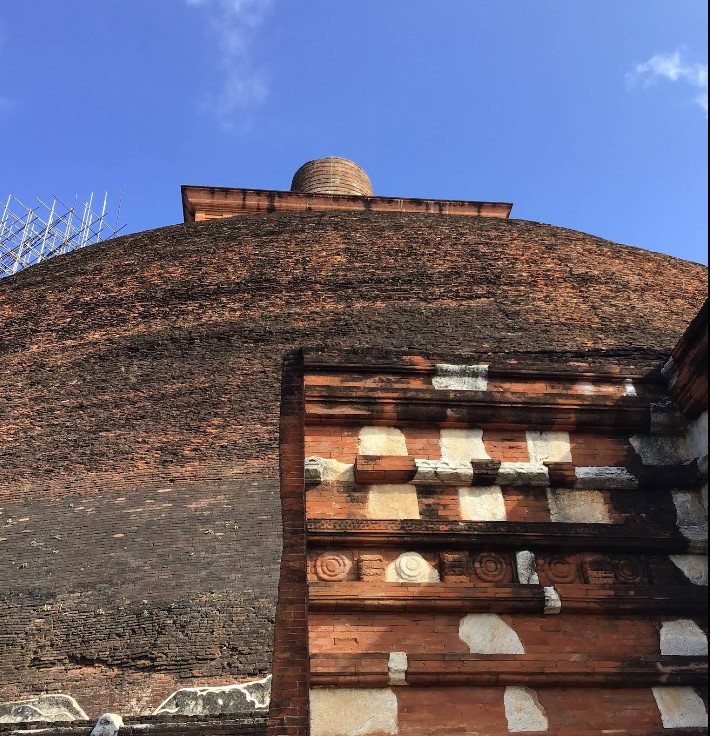
Throughout the centuries, the Jethawanaramaya has been the focus of religious ceremonies and rituals. The stupa is often the site of the major religious festivals, such as the Poson and Vesak celebrations held every year, which have been dedicated to the memory of the major events of the Buddha’s life. Thousands of pilgrims come to the site during these festivals and pray, light a lamp, and perform many devotional activities.
In addition to its religious significance, the Jethawanaramaya is also an icon of Sri Lankan cultural heritage. The construction and preservation of the stupa have been a source of national pride for the people of Sri Lanka, and the site reminds one of the island nation’s rich and long history. The stupa represents the Buddhist heritage of Sri Lanka and plays a pivotal role in establishing the nation’s cultural identity.
Restoration and Preservation
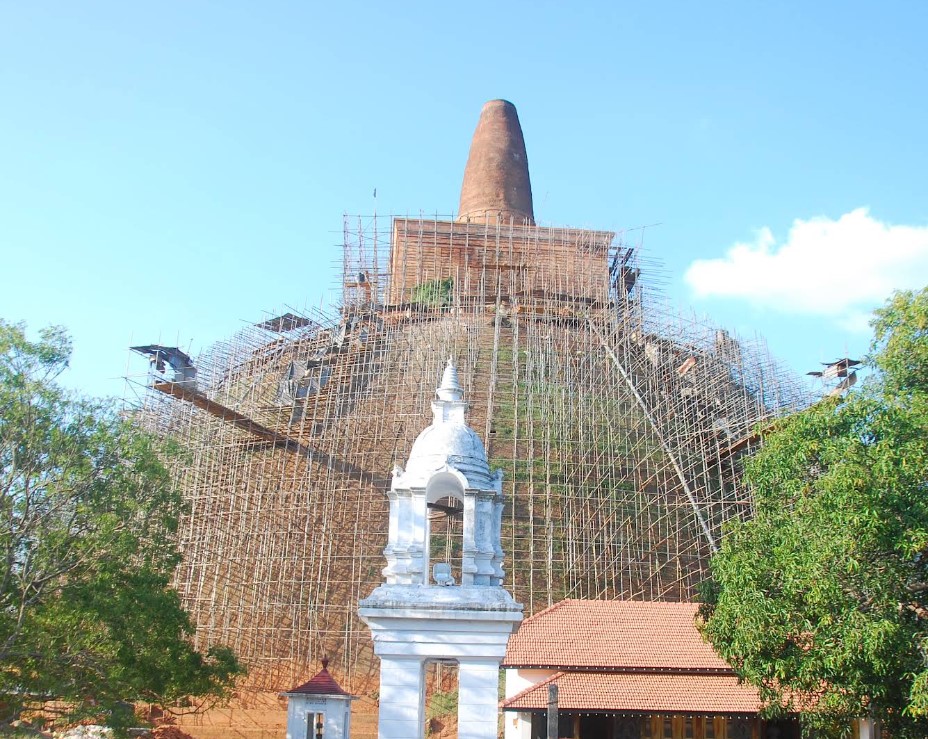
Over the centuries, the Jethawanaramaya has not had a smooth ride as far as preservation is concerned. It has been affected by natural disasters like floods and earthquakes as well as human activities, resulting in damage to the stupa and supporting pillars. Attempts have been made, however, to restore and preserve the stupa so that it can continue to be a sacred site for future generations.
During the 20th century, a major restoration process was undertaken to restore and conserve the stupa. Local and foreign conservators, and the Sri Lankan government, launched a full-scale restoration scheme in the 1990s. This consisted of reconstructing parts of the stupa, restoring the encircling structures, and instituting protective measures to prevent any further damage to the stupa. Today, the Jethawanaramaya continues to symbolize the dedication and resilience of the Sri Lankan people to maintain their heritage.
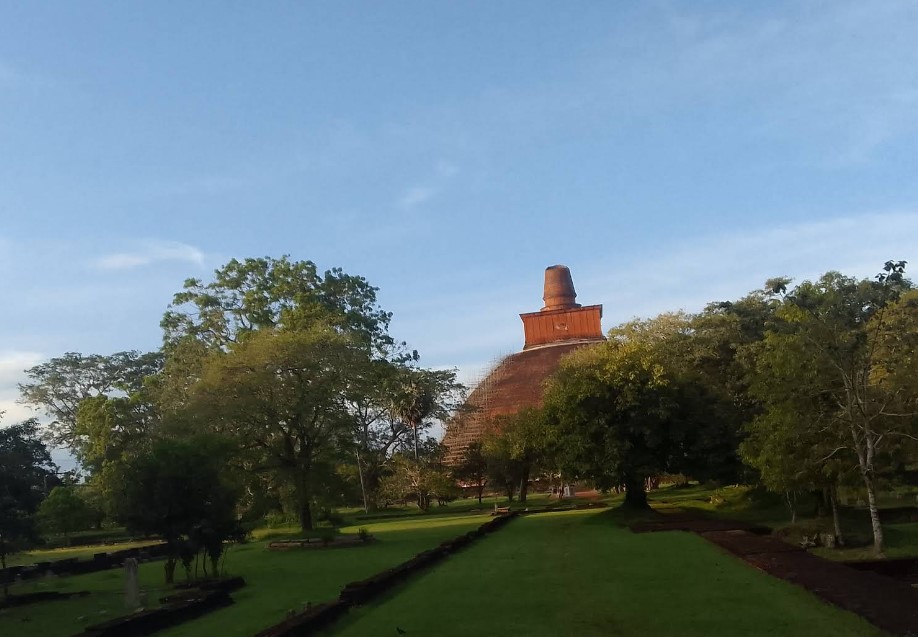
Modern-Day Relevance
The Jethawanaramaya is still relevant today. It is not just a spiritual center but also a cultural point of interest, attracting locals and tourists alike. Its location provides the visitors with an opportunity to learn about Sri Lanka’s ancient history and traditions as well as Buddhism and to be inspired by contemplation and meditation on the values of peace, compassion, and mindfulness at the center of Buddhism.
In addition to its religious significance, the Jethawanaramaya also plays a wonderful role in tourism. As one of the most famous historical and religious landmarks in Sri Lanka, it contributes revenue to the nation through tourists from all over the world. In addition to seeing the architectural masterpiece of the stupa, tourists come so that they can experience the spiritual and cultural heritage of Sri Lanka.
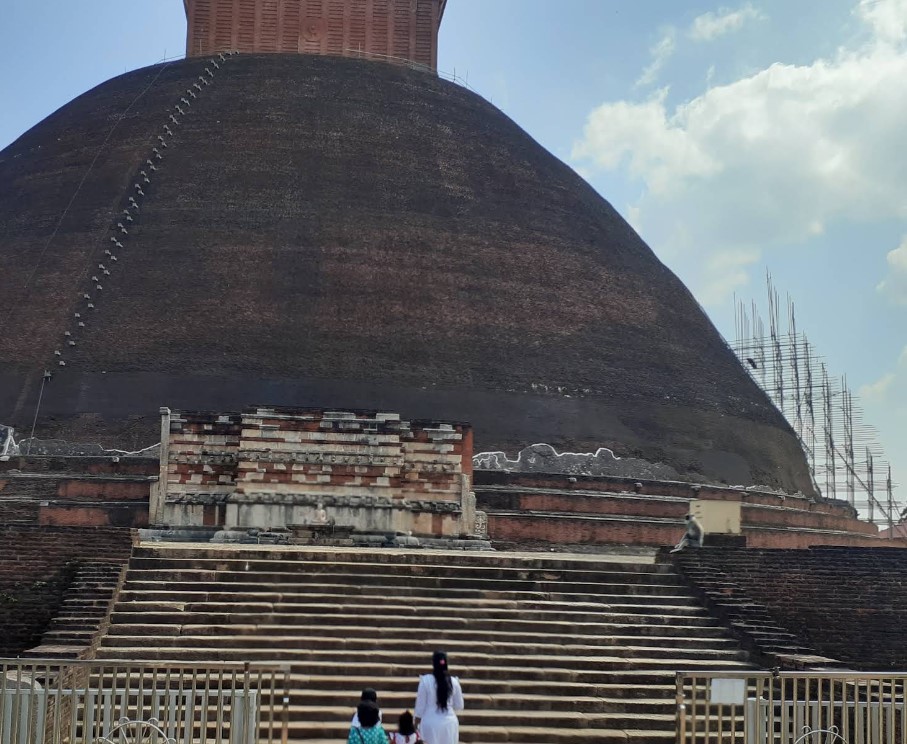
Jethawanaramaya stands as a giant monument of the glorious Buddhist heritage of Sri Lanka, an outstanding work of architecture, and proof of the timelessness of the principles of Buddhism. Its historical, religious, and cultural significance renders it one of the most lovable monuments of Sri Lanka. As a site of worship, reflection, and national pride, the Jethawanaramaya remains a beacon of faith and devotion among the Sri Lankan people and a source of inspiration for the future. In wonder, reverence, or simple curiosity, the Jethawanaramaya offers a chance for visitors to connect with the past of Sri Lanka and the timeless insights of the Buddha.
To visit the Jethawanaramaya in Anuradhapura, Sri Lanka, here are the options available for traveling:
1. By Car or Taxi:
- From Colombo to Anuradhapura:
- The distance from Colombo to Anuradhapura is around 205 kilometers (127 miles). The drive typically takes about 3.5 to 4 hours depending on traffic.
- You can take the A1 highway (Colombo – Kandy Road), which connects Colombo to Anuradhapura.
- By Taxi:
- If you’re traveling from Colombo or another nearby city, you can hire a taxi or private car for a direct and comfortable journey to the site.
2. By Bus:
- From Colombo to Anuradhapura:
- You can take a bus from the Colombo Fort Bus Station to Anuradhapura. Buses are available throughout the day, and the journey takes about 4 to 5 hours.
- Once you arrive at the Anuradhapura Bus Station, you can either take a tuk-tuk or local bus to reach the Jethawanaramaya stupa.
- From Anuradhapura Bus Station to Jethawanaramaya:
- After arriving in Anuradhapura, the Jethawanaramaya is around 4 kilometers from the bus station. You can take a tuk-tuk, which will be a quick and affordable option (typically costing around 200-400 LKR). Alternatively, you can also walk, as the temple complex is not too far.
3. By Train:
- From Colombo to Anuradhapura:
- You can take a train from Colombo Fort Railway Station to Anuradhapura. The train journey takes about 4 to 5 hours.
- Upon arrival at the Anuradhapura Railway Station, take a tuk-tuk to the Jethawanaramaya, as it’s around 3.5 kilometers away from the station.
4. By Tuk-Tuk or Auto-Rickshaw:
- Within Anuradhapura:
- If you’re already in Anuradhapura, tuk-tuks are a convenient and affordable way to travel around. You can easily hire a tuk-tuk from your hotel or a nearby location to take you to Jethawanaramaya.
- The stupa is well-known, so any tuk-tuk driver should be familiar with the location.
5. On Foot (For those staying nearby):
- If you’re staying within or near the Sacred City of Anuradhapura, you can walk to the Jethawanaramaya, as it is located in the historical complex. The stupa is part of the Anuradhapura Ancient City, which contains several important monuments, and walking is a good way to explore the area.
Best Time to Visit:
- Jethawanaramaya can be visited year-round. However, early mornings and late afternoons are the best times to avoid the heat and crowds. The site offers a serene and peaceful atmosphere, especially during sunrise and sunset.
Additional Tips:
- Opening Hours: The stupa is open to visitors every day, typically from 6:00 AM to 6:00 PM.
- Dress Code: As with most sacred sites in Sri Lanka, it’s advisable to wear modest clothing (covering shoulders and knees) when visiting the Jethawanaramaya.
- Pilgrim and Tourist Facilities: The area around the Jethawanaramaya has a few shops where you can buy water, snacks, and souvenirs. However, it’s good to carry some water and a hat for sun protection.
Map of Jethawanaramaya
